Home>Furniture>Living Room Furniture>What To Fill A Bean Bag With
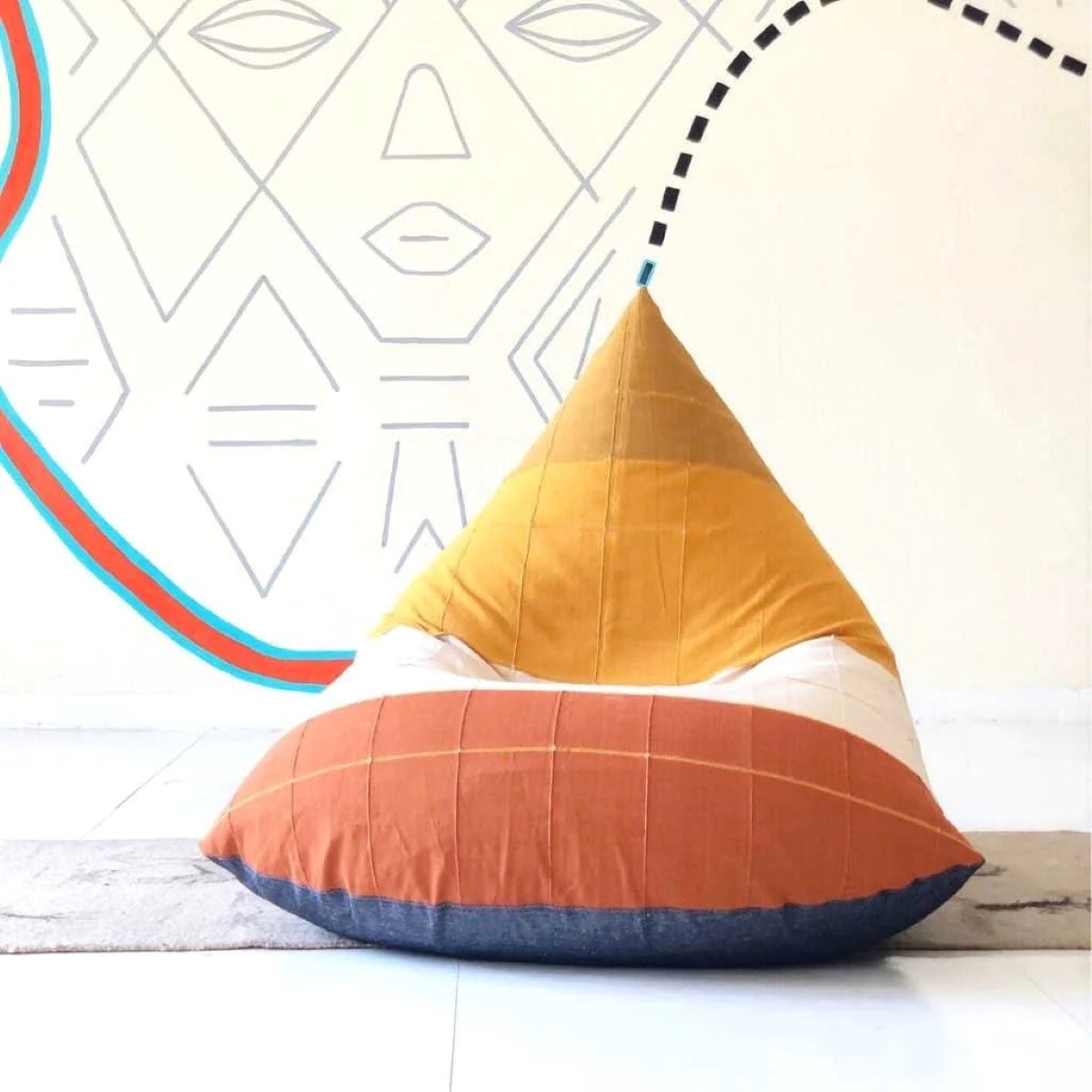

Living Room Furniture
What To Fill A Bean Bag With
Modified: March 16, 2024
Looking for the perfect filling for your bean bag? Discover the best options for living room furniture and create the ultimate cozy spot to relax.
(Many of the links in this article redirect to a specific reviewed product. Your purchase of these products through affiliate links helps to generate commission for Storables.com, at no extra cost. Learn more)
Introduction
Welcome to the world of bean bags, where comfort meets style! Bean bags have become increasingly popular in recent years, serving as versatile and cozy seating options for homes, offices, and even outdoor spaces. One of the key factors that contribute to the comfort and support of a bean bag is the type of filler used.
In this article, we will explore the various options available for filling a bean bag. From traditional polystyrene beads to eco-friendly natural fillers, we will delve into the pros and cons of each choice, helping you make an informed decision when it comes to selecting the perfect fill for your bean bag.
So, whether you’re a bean bag enthusiast looking for a replacement filler or a first-time buyer wondering what to fill your new bean bag with, read on to discover the best options that will ensure optimal relaxation and enjoyment from your bean bag.
Key Takeaways:
- Choose eco-friendly fillers like shredded memory foam or natural materials for a comfy and sustainable bean bag experience. Consider comfort, durability, and environmental impact when making your selection.
- Mix and match fillers for a custom bean bag feel. Balance comfort, support, and durability by combining different materials. Experiment to find the perfect blend for your cozy seating.
Read more: How To Dispose Of Bean Bag Filling
Bean Bag Fillers: Types and Options
When it comes to filling a bean bag, there are a plethora of options available. Each filler has its own unique qualities, offering different levels of comfort, support, and durability. Here are some of the most common types of bean bag fillers:
- Polystyrene Beads: Polystyrene beads, also known as EPS beads, are the most commonly used fillers for bean bags. These small, lightweight beads are made of expanded polystyrene, a type of plastic foam. They provide excellent cushioning and conform to the shape of your body, ensuring maximum comfort. However, over time, polystyrene beads may lose their shape and become compressed, requiring periodic refills.
- Shredded Memory Foam: Shredded memory foam is a popular filler option that offers a unique blend of support and softness. Made from viscoelastic foam, which molds to the shape of your body, shredded memory foam provides superior comfort and pressure relief. It is also more durable than polystyrene beads and retains its shape for longer periods. However, it should be noted that shredded memory foam may be heavier than other fillers, making it more challenging to move the bean bag around.
- Microbeads: Microbeads are tiny spheres of plastic that are often used as fillers in bean bags. These small and lightweight beads offer a soft and malleable feel, allowing them to conform to your body’s contours. Microbeads provide good support and retain their shape well. However, there has been growing concern over the environmental impact of microbeads, as they can be harmful to marine life and ecosystems when they enter water systems. Therefore, if you opt for microbeads, it’s essential to dispose of them responsibly.
- Natural Fillers: For those seeking eco-friendly options, natural fillers are a great choice. Materials such as dried beans, rice, or buckwheat hulls can be used to fill bean bags. These fillers are more sustainable and biodegradable compared to their synthetic counterparts. However, while natural fillers offer a unique feel and may even emit a pleasing scent, they may not provide the same level of comfort and support as other fillers. Natural fillers also require periodic refilling as they may break down over time.
- Recycled Materials: Another eco-friendly option is to use recycled materials as bean bag fillers. Recycling materials such as shredded fabric, foam scraps, or even plastic bottles can help reduce waste and provide a comfortable seating experience. By repurposing these materials, you not only contribute to the environment but also give your bean bag a unique and one-of-a-kind look. However, it’s important to ensure that the recycled materials are clean and free of any sharp or harmful objects.
When choosing a filler for your bean bag, consider factors such as comfort, durability, eco-friendliness, and personal preference. It’s also worth noting that some fillers may require more maintenance or periodic refilling than others. By understanding the different options available, you can select the perfect filler that meets your needs and enhances your overall bean bag experience.
Polystyrene Beads: Pros and Cons
Polystyrene beads, also known as EPS beads, are a popular choice for filling bean bags. These small, lightweight beads are made from expanded polystyrene, a type of plastic foam. Here are the pros and cons of using polystyrene beads as bean bag fillers:
Pros
- Comfort: Polystyrene beads provide excellent cushioning and conform to the shape of your body, offering a comfortable seating experience. They evenly distribute weight and relieve pressure points, promoting relaxation and reducing the risk of discomfort or soreness.
- Lightweight: Polystyrene beads are extremely lightweight, making it easy to move, reposition, or transport your bean bag without much effort. This makes them a convenient choice for those who like to rearrange their furniture frequently.
- Durable: Polystyrene beads are known for their durability and resilience. They can withstand repeated use and maintain their shape for a long time, ensuring that your bean bag remains comfortable and supportive even with regular use.
- Affordable: Compared to other filler options, polystyrene beads are relatively inexpensive, making them an affordable choice for those on a budget. They provide good value for money and can be easily replaced or topped up if needed.
- Hypoallergenic: Polystyrene beads are hypoallergenic and resistant to dust mites, making them a suitable option for individuals with allergies or sensitivity to allergens. This feature ensures a clean and healthy seating environment.
Cons
- Compression and Shifting: Over time, polystyrene beads may compress and lose their shape, resulting in a bean bag that feels less supportive. The beads can also shift within the bean bag, causing uneven distribution and potentially affecting the overall comfort and stability.
- Noisy: Polystyrene beads can be somewhat noisy when sitting or moving on the bean bag. The beads can make a rustling sound, which some individuals may find distracting or irritating, especially in quiet environments.
- Environmental Impact: Polystyrene beads are made from non-biodegradable materials, contributing to environmental concerns. Proper disposal and recycling of polystyrene beads are crucial to minimize their impact on the ecosystem.
- Refilling: Due to the compression and shifting of the beads, periodic refilling may be required to restore the bean bag’s shape and support. This maintenance task may add to the overall cost and effort of maintaining the bean bag.
Considering the pros and cons of polystyrene beads can help you make an informed decision about whether they are the right filler for your bean bag. While they offer excellent comfort, durability, and affordability, it’s important to be aware of the potential compression, noise, and environmental considerations associated with their use. By weighing these factors against your preferences and needs, you can determine if polystyrene beads are the ideal choice for your bean bag filling.
Read more: What Is Bean Bag
Shredded Memory Foam: Benefits and Considerations
Shredded memory foam is an increasingly popular choice for filling bean bags due to its unique blend of support and comfort. Made from viscoelastic foam, which molds to the shape of your body, shredded memory foam offers several benefits. Let’s explore the advantages and considerations of using shredded memory foam as a bean bag filler:
Benefits
- High Comfort Level: Shredded memory foam provides exceptional comfort by contouring to the shape of your body. It offers personalized support, relieving pressure points and promoting proper alignment, resulting in a luxurious and cozy seating experience.
- Excellent Durability: Compared to polystyrene beads, shredded memory foam tends to be more durable and long-lasting. It maintains its shape and resilience even with frequent use, ensuring a consistent level of comfort for an extended period.
- Pressure Relief: Shredded memory foam is known for its pressure-relieving properties. It evenly distributes body weight and reduces strain on joints, making it a fantastic choice for individuals with back pain, arthritis, or other conditions that benefit from extra cushioning and support.
- Motion Isolation: Another advantage of shredded memory foam is its ability to isolate motion. If you share your bean bag with someone else, the foam minimizes the transfer of movement, allowing both individuals to enjoy a comfortable and undisturbed seating experience.
- Customizable Fill: Shredded memory foam can be easily adjusted to achieve the desired firmness and loft. You can add or remove foam to customize the feel of your bean bag and create a personalized seating experience tailored to your preferences.
Considerations
- Weight: Shredded memory foam can be heavier than other filler options, such as polystyrene beads. While this weight provides additional support, it may make moving or transporting the bean bag more challenging. Consider this factor if you anticipate the need for frequent repositioning.
- Care and Maintenance: Shredded memory foam requires occasional fluffing and reshaping to prevent it from compacting over time. This maintenance task helps maintain the loft and support of the foam. Additionally, spot cleaning or dry cleaning may be necessary if spills or stains occur.
- Initial Odor: Shredded memory foam may have an initial odor commonly known as “off-gassing.” This odor gradually dissipates over time, especially with proper ventilation. If you are sensitive to smells, it’s recommended to air out the foam before fully using the bean bag.
- Price: Shredded memory foam typically comes at a higher cost compared to some other filler options. While it offers superior comfort and durability, it’s important to factor in the budget when considering this filling material.
Considering the benefits and considerations of shredded memory foam will help you determine if it is the right filler for your bean bag. It offers exceptional comfort, support, and pressure relief, but the weight, maintenance requirements, odor, and pricing should also be taken into account. By weighing these factors against your preferences and needs, you can decide if shredded memory foam is the ideal choice for your bean bag filling.
Microbeads: Advantages and Disadvantages
Microbeads are tiny spheres of plastic that have been used as fillers for bean bags. These beads offer a unique feel and texture, but they also come with their own set of advantages and disadvantages. Let’s explore the pros and cons of using microbeads as a bean bag filler:
Read more: How To Remove Static From Bean Bag Filling
Advantages
- Soft and Malleable: Microbeads are known for their soft and malleable nature. They easily conform to the shape of your body, providing a plush and comfortable seating experience. The beads move and shift with your movements, creating a custom fit and enhancing relaxation.
- Lightweight: Microbeads are extremely lightweight, making bean bags filled with microbeads easy to move and transport. This is especially beneficial for individuals who like to rearrange their furniture often or want to take their bean bag with them on trips or outdoor activities.
- Conforming Support: Microbeads offer gentle, uniform support by evenly distributing body weight. They help relieve pressure points and promote proper posture, allowing for a cozy and ergonomic seating position.
- Durable: Microbeads are relatively durable and long-lasting. They can withstand regular use and maintain their shape well over time, ensuring that your bean bag remains supportive and comfortable for an extended period.
Disadvantages
- Environmental Impact: One of the major drawbacks of using microbeads is their negative impact on the environment. These tiny plastic beads end up in water systems and pose a threat to marine life and ecosystems. Due to growing concerns about their contribution to plastic pollution, many regions have banned the use of microbeads in certain products.
- Noisy: Microbeads can create a rustling sound when you sit or move on the bean bag. This noise may be bothersome to some individuals, particularly in quiet environments where a peaceful atmosphere is desired.
- Lack of Resilience: Microbeads may lose their shape over time, resulting in decreased support and comfort. They can become compressed and compacted, requiring periodic fluffing or even replacement to maintain the desired level of cushioning.
- Limited Availability: Microbeads may be more challenging to find compared to other fillers. Due to environmental concerns, their use has been restricted in many products, including bean bags. It may require some effort to source microbeads as a filling material.
Considering the advantages and disadvantages of microbeads can assist you in deciding whether they are a suitable filler for your bean bag. While they offer a soft and malleable feel, lightweight portability, and conforming support, it’s important to be aware of their impact on the environment, potential noise, lack of resilience, and availability. By weighing these factors against your preferences and priorities, you can determine if microbeads align with your requirements for a bean bag filling.
Natural Fillers: Eco-friendly Alternatives
For those seeking environmentally friendly options, natural fillers provide a sustainable and eco-conscious alternative for bean bags. These fillers utilize natural materials that are biodegradable and renewable. Let’s explore the advantages and considerations of using natural fillers for your bean bag:
Read more: How To Remove Static From Bean Bag Filling
Advantages
- Eco-friendly: Natural fillers, such as dried beans, rice, or buckwheat hulls, are derived from renewable resources and biodegrade over time. Choosing natural fillers helps minimize your carbon footprint and reduces the amount of non-biodegradable waste generated.
- Comfort: Natural fillers offer a unique and natural feel when you sit on the bean bag. They provide a firm yet supportive cushioning that can mold to your body’s contours, offering a comfortable and personalized seating experience.
- Cost-effective: Natural fillers are often more affordable compared to synthetic alternatives. Materials like dried beans or rice can be easily sourced at a low cost, making natural fillers an economical choice for filling your bean bag.
- Renewable: Natural fillers are derived from crops or plants that can be grown and harvested sustainably. This renewable aspect ensures a consistent supply of fillers without depleting finite resources.
Considerations
- Maintenance: Natural fillers may require occasional refilling or repositioning as they can compress or break down over time. Beans may become dried and less comfortable, while rice or buckwheat hulls may deteriorate with use. Regular maintenance is necessary to ensure the longevity and comfort of the bean bag.
- Weight: Natural fillers can be heavier compared to synthetic alternatives, such as polystyrene beads. This weight makes the bean bag less portable and may require more effort to move or transport.
- Odor and Allergies: Some natural fillers, like dried beans or rice, may have a distinct odor that can be pleasant to some but bothersome to others. Additionally, individuals with allergies should be cautious about potential allergens that may be associated with certain natural fillers.
- Texture: Natural fillers offer a different texture compared to synthetic materials. While some individuals find this texture pleasant and natural, others may prefer the softness or moldability of synthetic fillers like shredded memory foam.
Considering the advantages and considerations of natural fillers will help you determine if they are the right choice for your bean bag. While natural fillers are eco-friendly, cost-effective, and offer a unique seating experience, it’s essential to consider maintenance needs, weight, odor, and texture preferences. By weighing these factors against your values and requirements, you can make an informed decision when selecting natural fillers for your bean bag.
Recycled Materials: Sustainable Choices
Recycling materials to fill bean bags is a fantastic way to contribute to sustainability and reduce waste. By repurposing materials, you can create a unique and eco-friendly seating option. Let’s explore the advantages and considerations of using recycled materials as fillers for your bean bag:
Read more: How To Remove Static From Bean Bag Filling
Advantages
- Environmental Impact: Using recycled materials as bean bag fillers helps reduce waste and minimizes the need for new resources. By giving new life to materials that would otherwise end up in landfills, you are contributing to a more sustainable and environmentally friendly way of living.
- Sustainability: Recycled materials, such as shredded fabric, foam scraps, or even repurposed plastic bottles, provide a sustainable filling option. They help conserve resources, decrease energy consumption, and promote a circular economy by turning waste into usable materials.
- Customizability: When using recycled materials, you have the opportunity to create a one-of-a-kind bean bag. By incorporating different colors, textures, and patterns, you can give your bean bag a unique and personalized look that reflects your style and creativity.
- Comfort and Support: Depending on the type of recycled material used, you can achieve varying levels of comfort and support. For example, shredded foam scraps can provide a medium to high level of support, while fabric scraps may offer a softer and more plush seating experience.
Considerations
- Availability and Sourcing: Finding a sufficient quantity of recycled materials to fill a bean bag may require some effort. It’s important to explore local recycling programs, repurposing centers, or even reach out to businesses that generate large amounts of waste materials to gather the necessary fillers.
- Hygiene and Cleanliness: Before using recycled materials as bean bag fillers, it is essential to ensure that the materials are clean and free of any sharp or harmful objects. Proper cleaning and sanitization may be necessary to maintain hygiene and create a safe seating environment.
- Texture and Consistency: Recycled materials may have varying textures and consistencies, which can affect the overall feel of the bean bag. It’s important to test and evaluate the comfort level and suitability of the chosen recycled fillers before finalizing the filling process.
- Maintenance: Depending on the type of recycled material used, maintenance requirements may vary. Some fillers, such as fabric scraps, may require fluffing or rearrangement to maintain their loft and shape over time.
Considering the advantages and considerations of using recycled materials will help you determine if they are the right choice for your bean bag. While recycled materials offer environmental benefits, sustainability, customizability, and comfort, it’s important to consider availability, cleanliness, texture, and maintenance needs. By weighing these factors against your values and preferences, you can make an informed decision that aligns with your commitment to sustainability when filling your bean bag with recycled materials.
Read more: What Is A Bean Bag Chair
Combination Fillings: Finding the Right Mix
When it comes to filling a bean bag, you have the option to mix different types of fillers to create a customized and comfortable seating experience. Combination fillings offer the benefits of multiple materials, balancing their strengths and offsetting their weaknesses. Here are some considerations for finding the right mix of fillers for your bean bag:
Read more: How To Remove Static From Bean Bag Filling
Advantages
- Optimal Comfort and Support: Combining different fillers allows you to achieve a balance between comfort and support. For example, you can use shredded memory foam for ample support and contouring, while adding polystyrene beads for added loft and cushioning.
- Improved Durability: Combination fillings can enhance the durability of your bean bag. By using a mixture of fillers, you can mitigate issues like compression or shifting that may occur with a single filler type, resulting in a longer-lasting and more resilient bean bag.
- Customizability: Mixing fillers allows you to customize the feel and firmness of your bean bag. You can experiment with different ratios to achieve the desired level of comfort and create a seating experience tailored to your preferences.
- Eco-friendliness: Combination fillings provide an opportunity to incorporate recycled or eco-friendly materials alongside other fillers. This allows you to prioritize sustainability while ensuring optimal comfort and support.
Considerations
- Compatibility: When combining fillers, it’s important to ensure that the materials are compatible and can work harmoniously together. For instance, certain fillers may have different densities or consistencies, which can impact the overall feel and performance of the bean bag.
- Precision and Ratio: Achieving the right mix of fillers requires precision and experimentation. You may need to test different ratios and combinations to find the perfect balance that suits your comfort preferences and seating needs.
- Cost: Combination fillings can be cost-effective if you’re utilizing both inexpensive and more expensive fillers. However, it’s important to consider the overall cost of acquiring and maintaining the combination fillings.
- Maintenance: Combination fillings may require different levels of maintenance based on the materials used. Some fillers may need occasional fluffing or adjusting, while others may require periodic replacement or topping up.
Finding the right mix of fillers for your bean bag involves considering the advantages and considerations of combination fillings. By balancing comfort, support, durability, and customization, you can create a bean bag that perfectly suits your preferences. Experimentation and fine-tuning may be necessary to achieve the desired comfort and seating experience, but the end result will be a bean bag that offers exceptional comfort and support tailored to your specific needs.
Conclusion
Choosing the right filler for your bean bag is essential to ensure optimal comfort, support, and longevity. Throughout this article, we’ve explored various filler options and their respective advantages and considerations. From traditional polystyrene beads to eco-friendly natural fillers, there are choices to suit individual preferences, budget, and environmental concerns.
Polystyrene beads offer excellent comfort, lightweight portability, and affordability. However, they may lose their shape over time and have environmental considerations. Shredded memory foam provides personalized support, durability, and pressure relief, but it can be heavier and require maintenance. Microbeads offer a soft and malleable feel but have environmental concerns and potential noise. Natural fillers are eco-friendly, cost-effective, and provide a unique texture, but they may require maintenance and have different weights. Recycling materials for filling your bean bag is an excellent choice for sustainability, but availability and cleanliness should be considered. Lastly, combining fillers allows for customizability, comfort, and improved durability, but compatibility and precision are crucial.
Ultimately, the choice of filler depends on your personal preferences, comfort requirements, budget, and environmental values. Consider factors such as comfort, support, durability, eco-friendliness, availability, maintenance, and texture when selecting the right filler for your bean bag.
Remember that the key is to strike a balance between comfort and sustainability. By choosing eco-friendly materials or repurposing recycled products, you can contribute to a greener environment while enjoying the relaxation and coziness offered by your bean bag.
Now armed with the knowledge about various types of bean bag fillers, go ahead and make an informed decision. Get ready to sink into the plushness, enjoy the comforting support, and create a cozy corner in your home or office with your perfect bean bag.
Frequently Asked Questions about What To Fill A Bean Bag With
Was this page helpful?
At Storables.com, we guarantee accurate and reliable information. Our content, validated by Expert Board Contributors, is crafted following stringent Editorial Policies. We're committed to providing you with well-researched, expert-backed insights for all your informational needs.
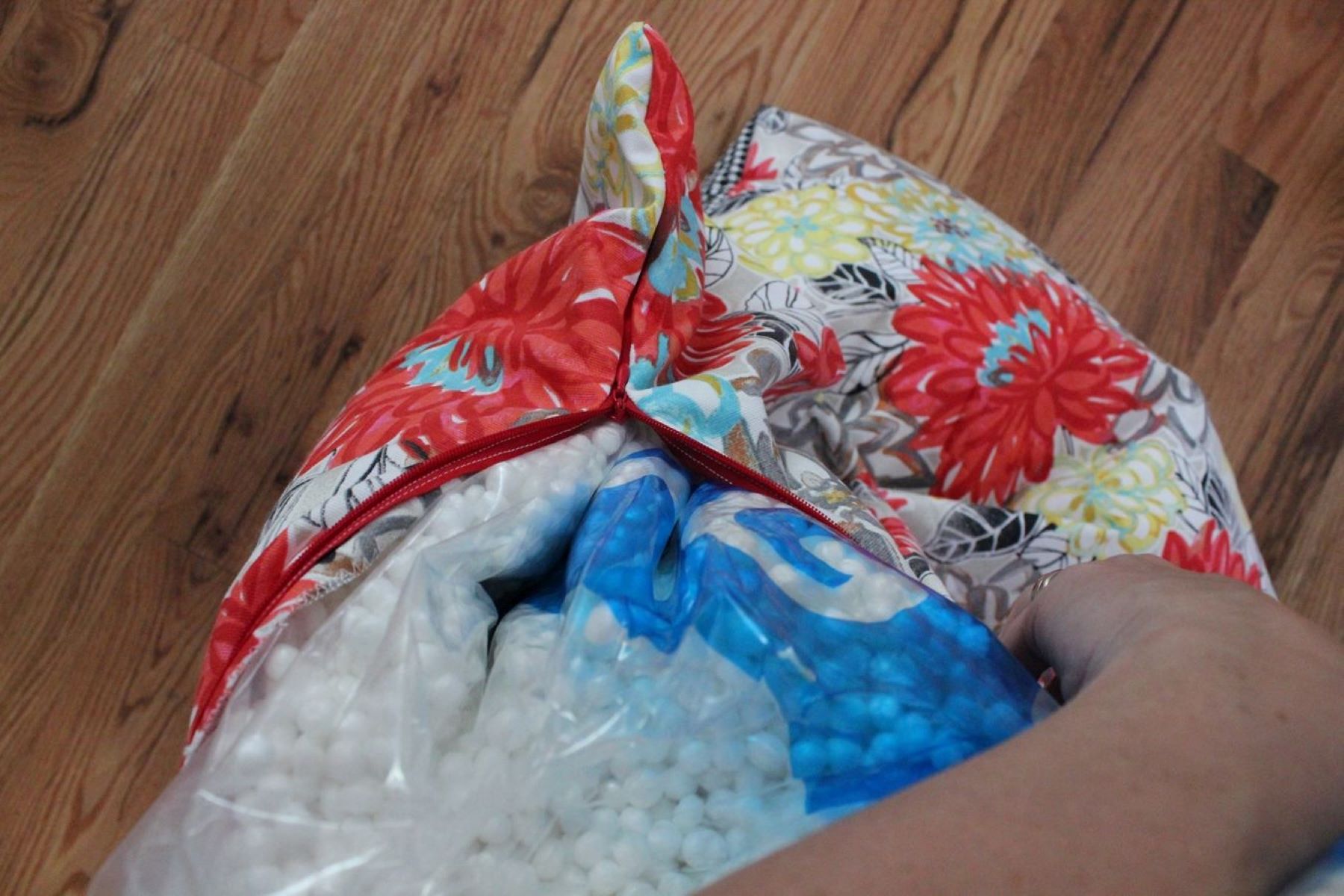
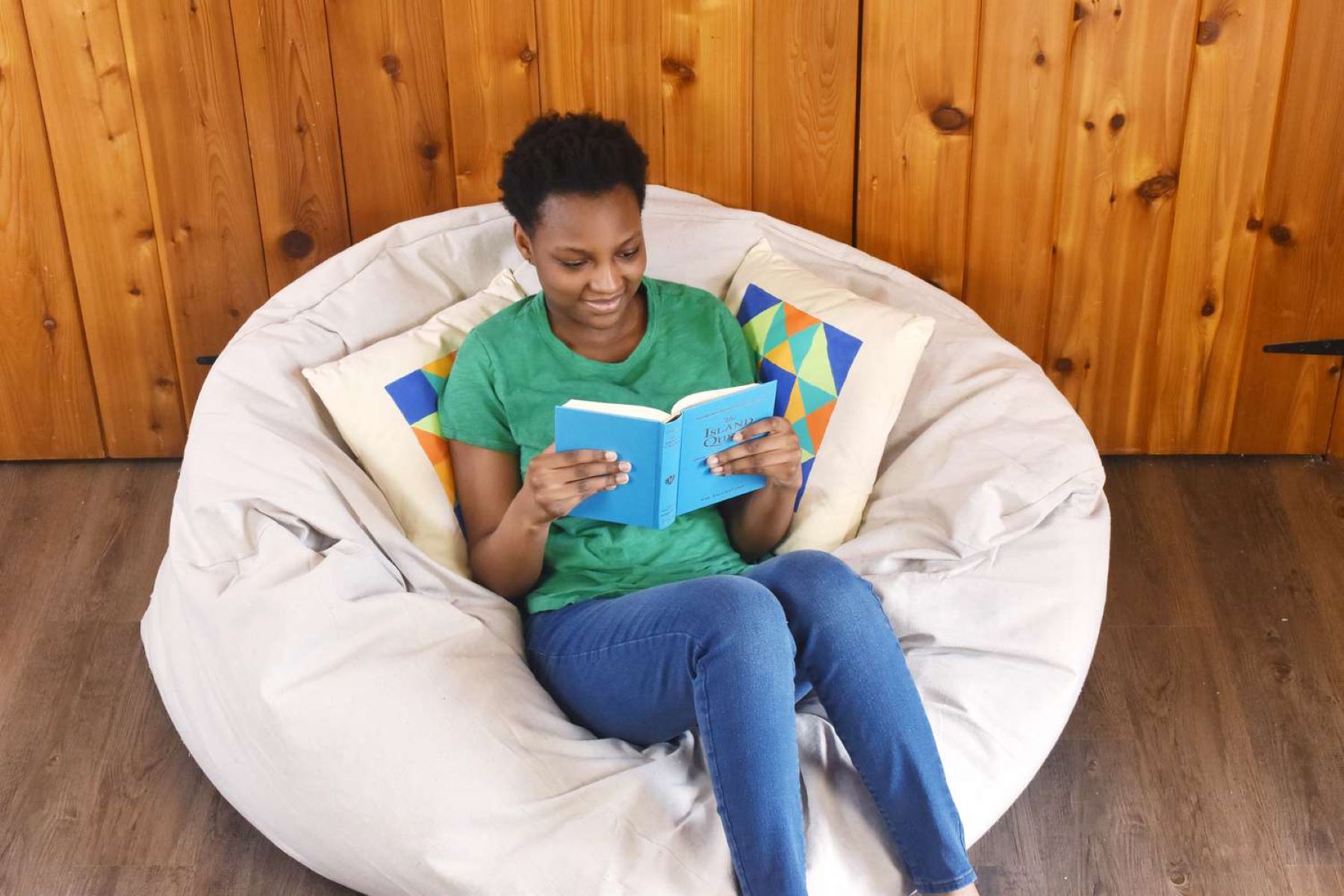
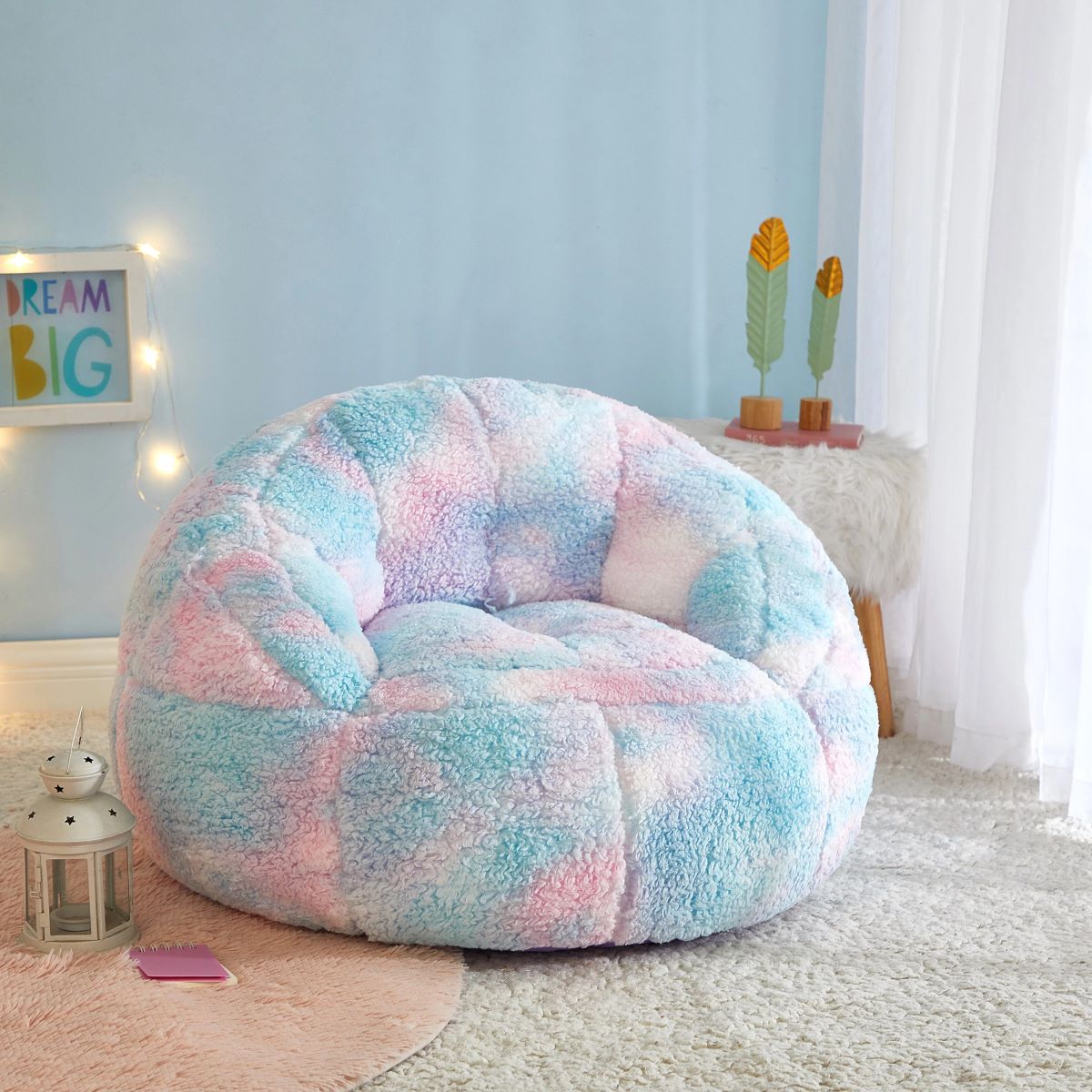
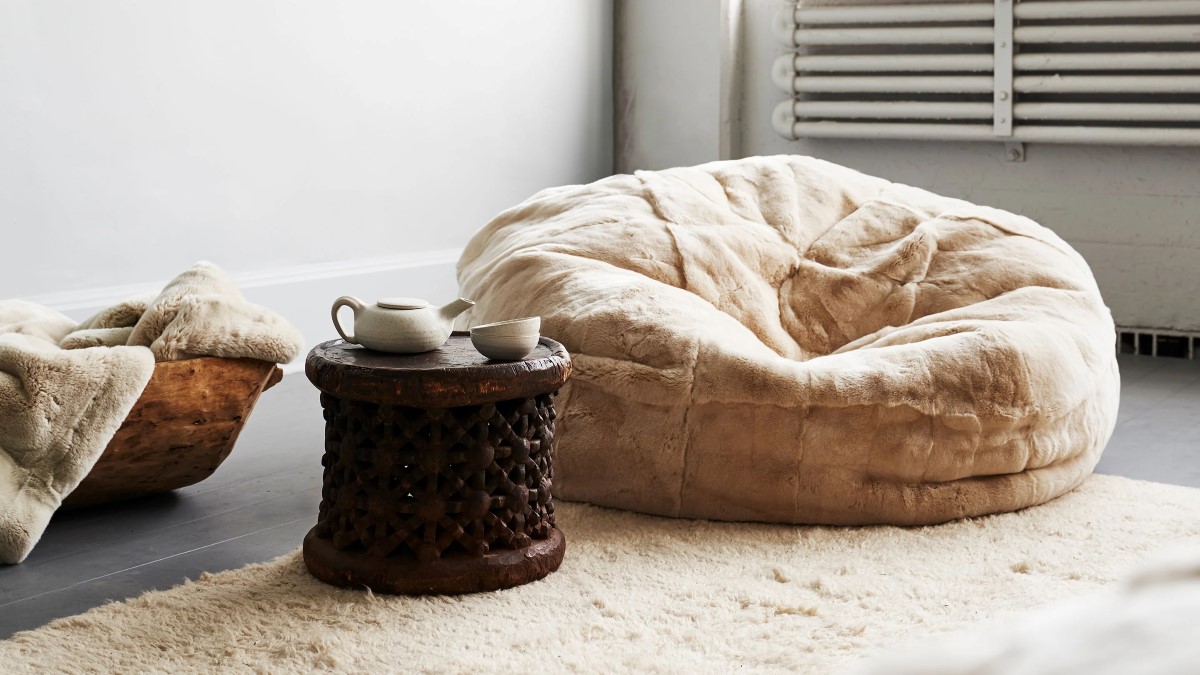
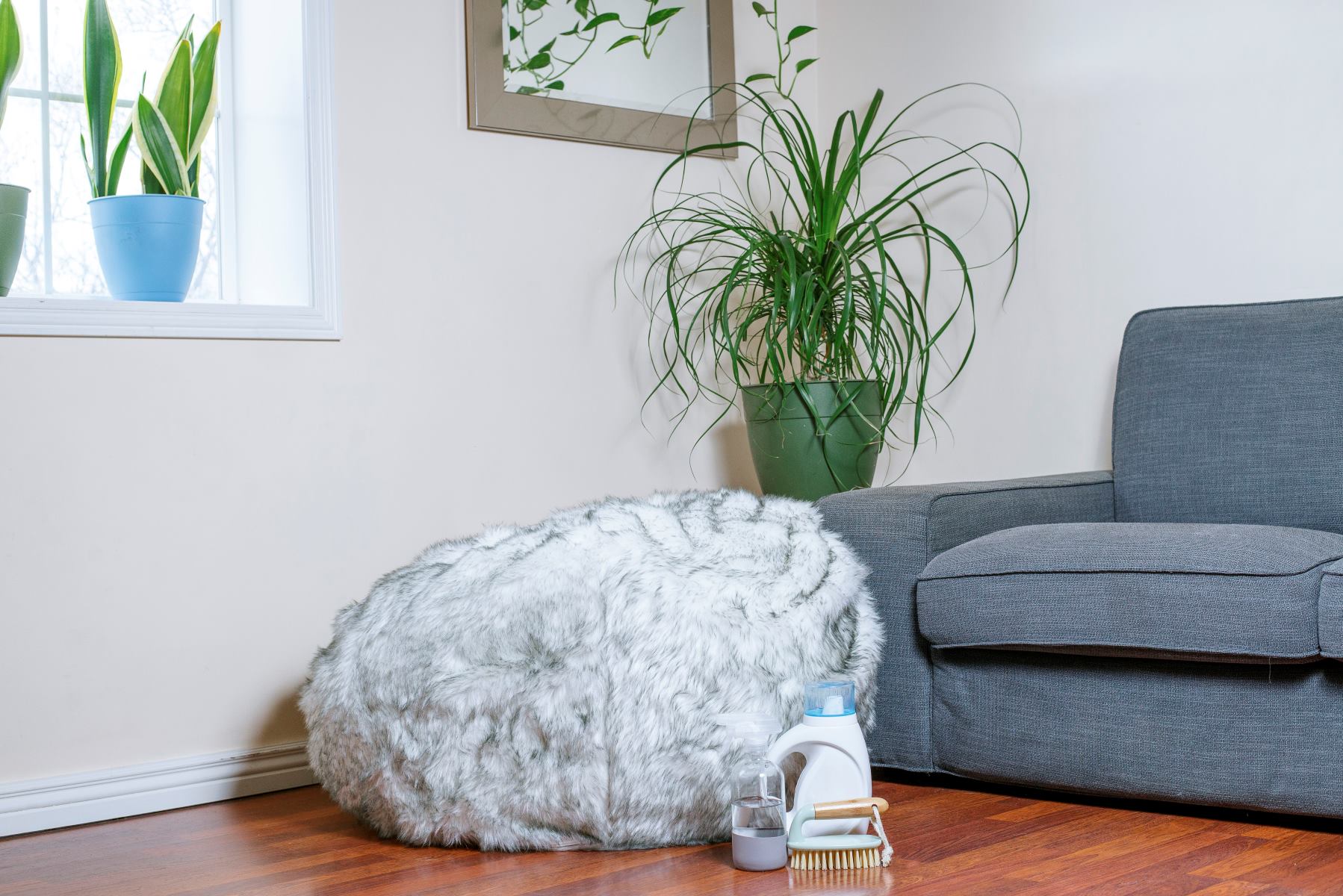
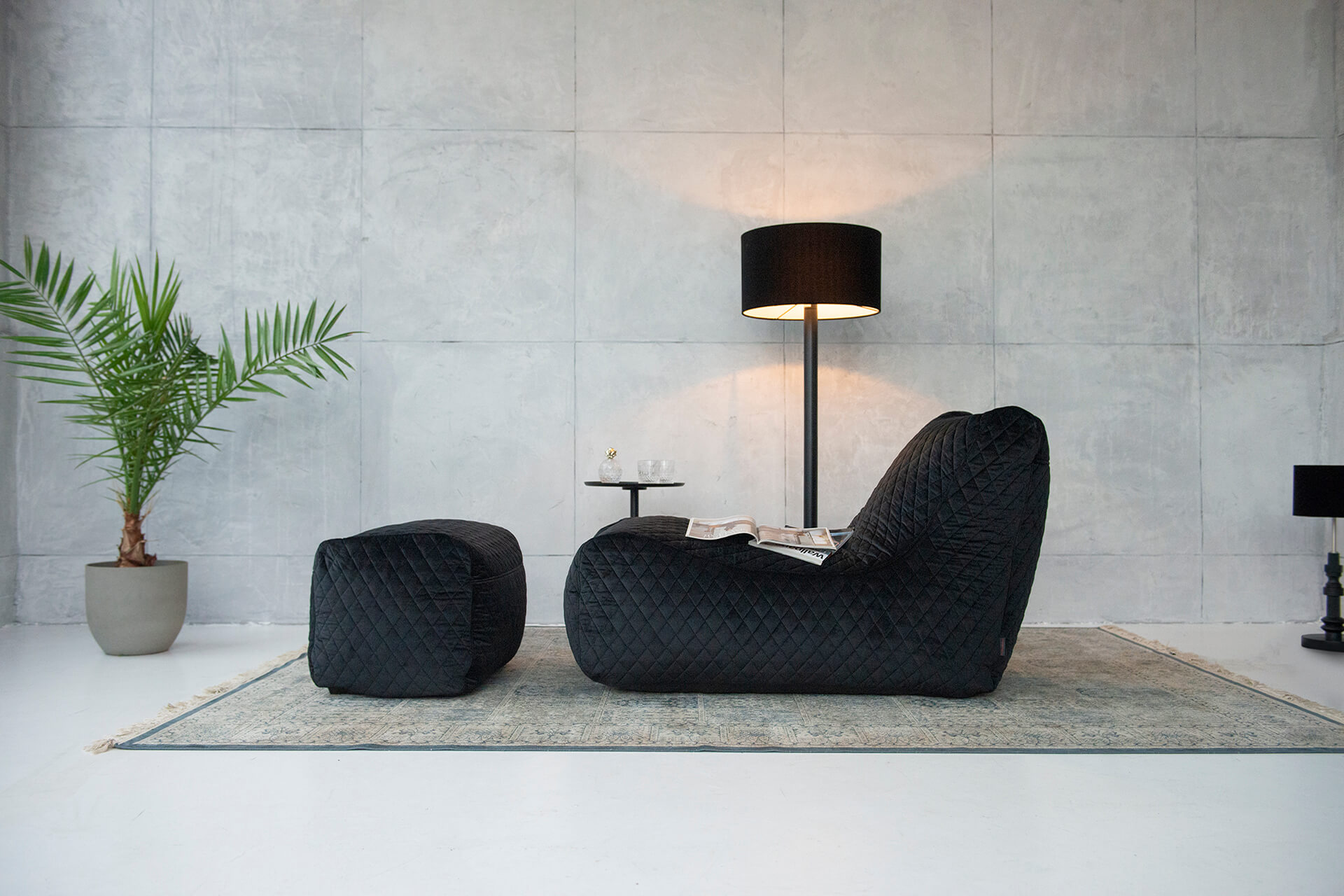
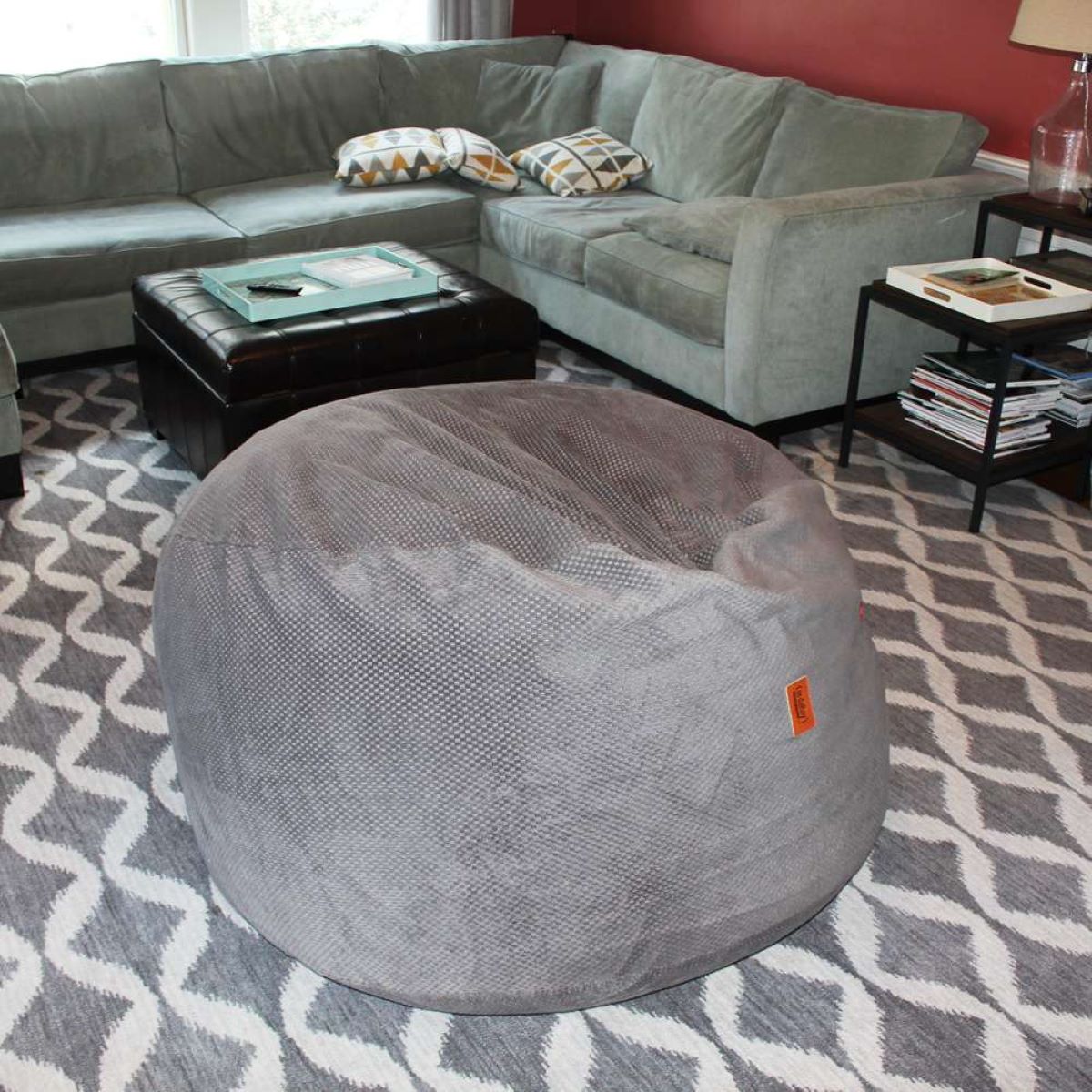
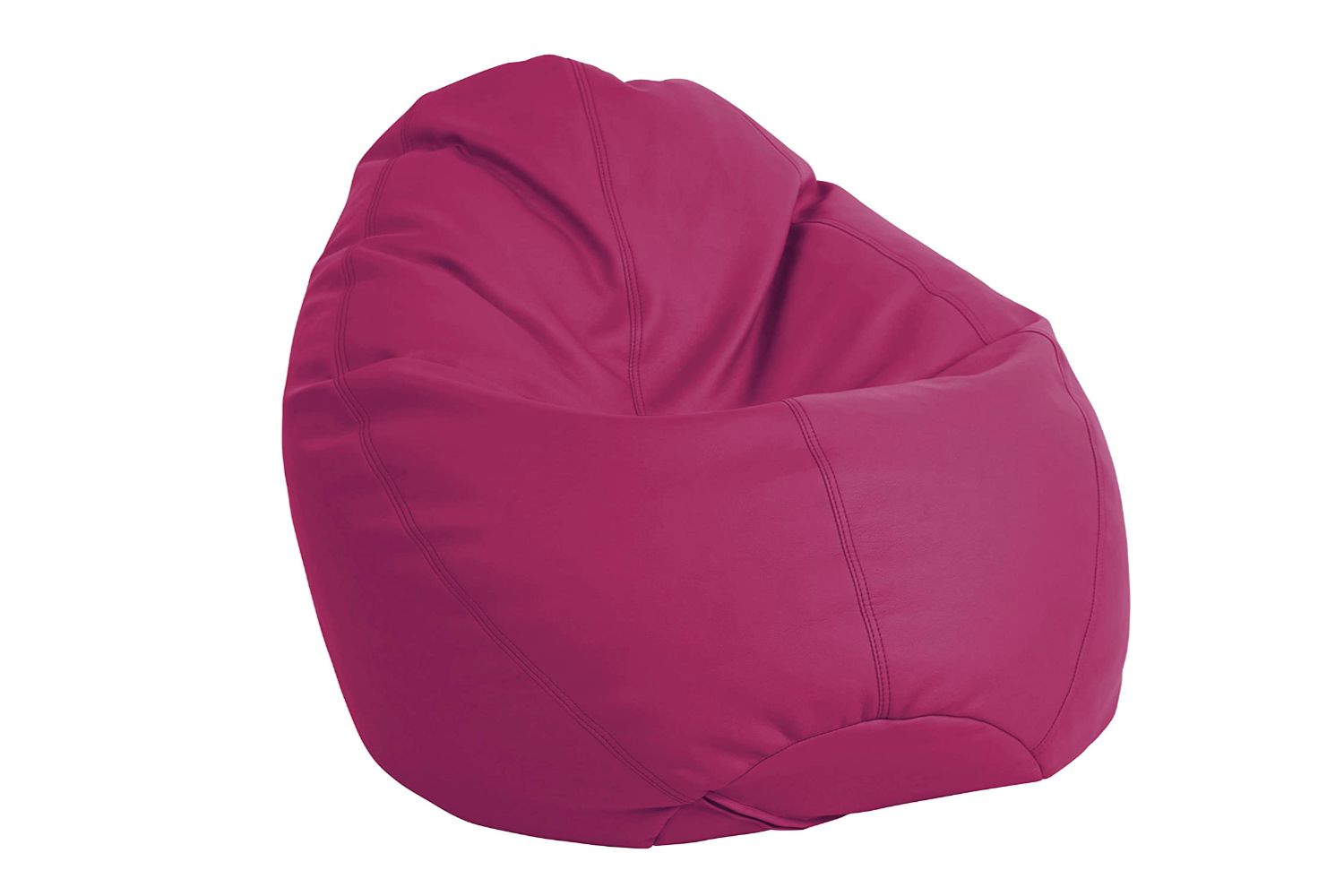
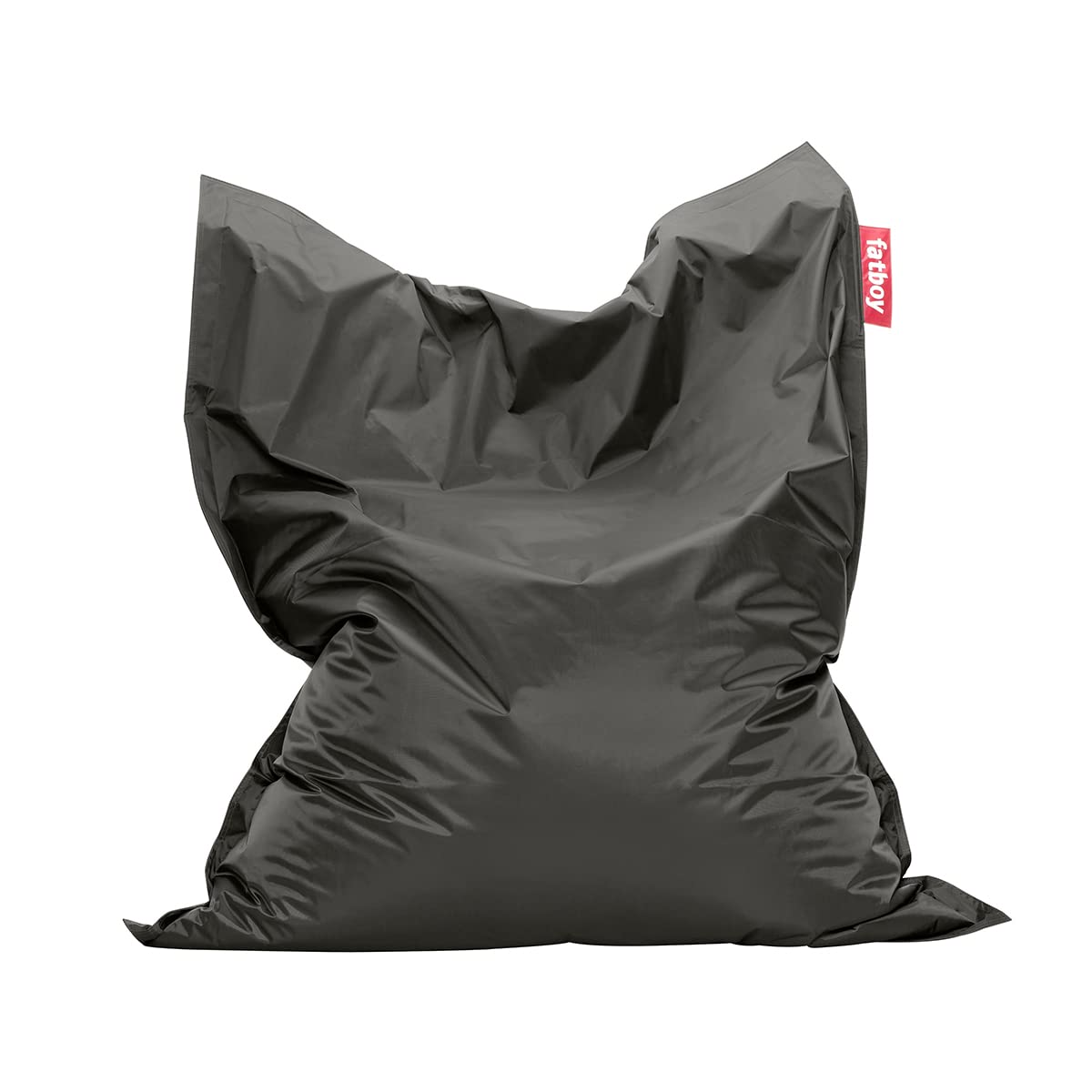

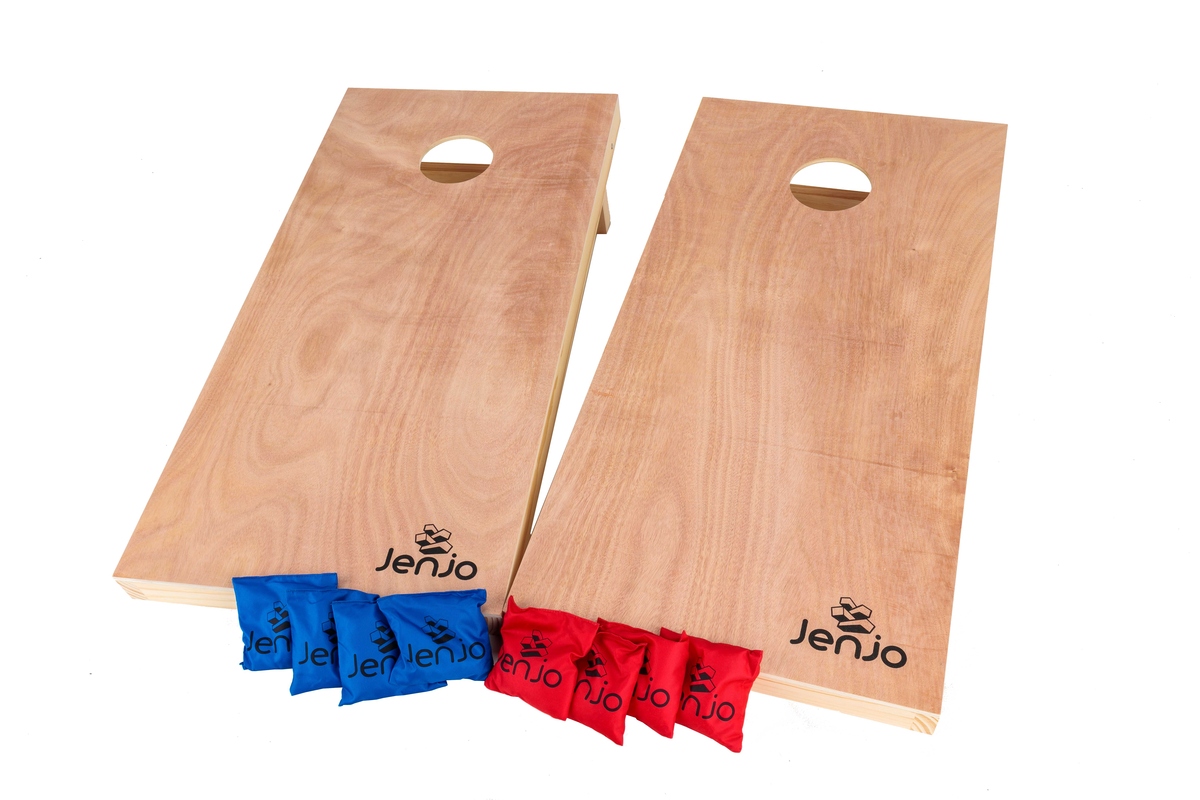

0 thoughts on “What To Fill A Bean Bag With”